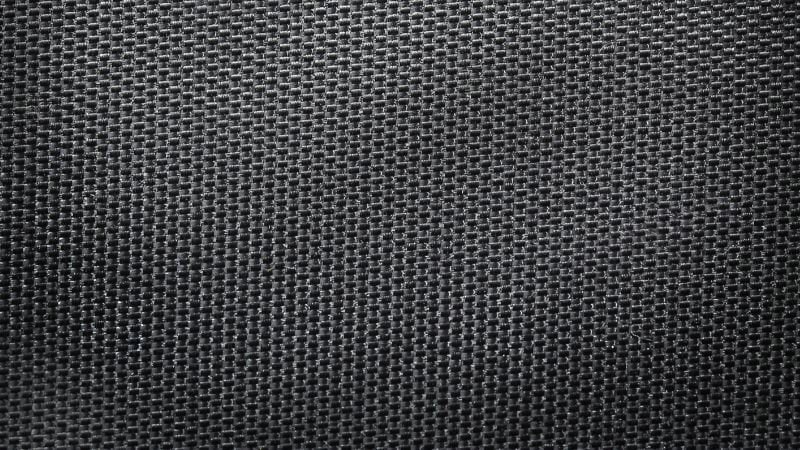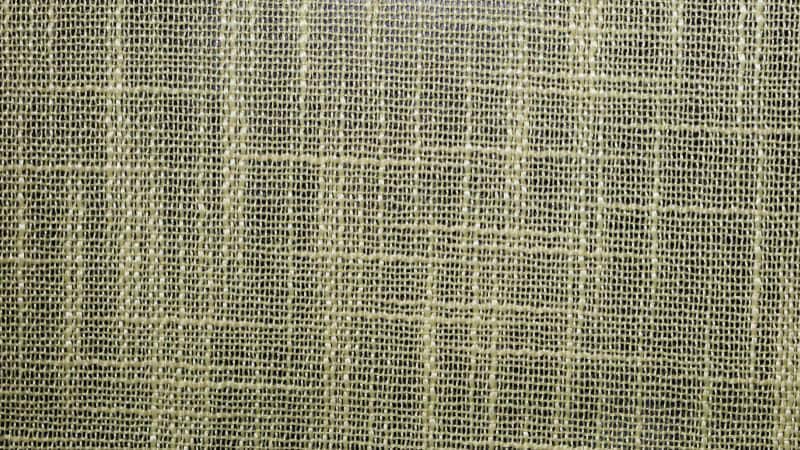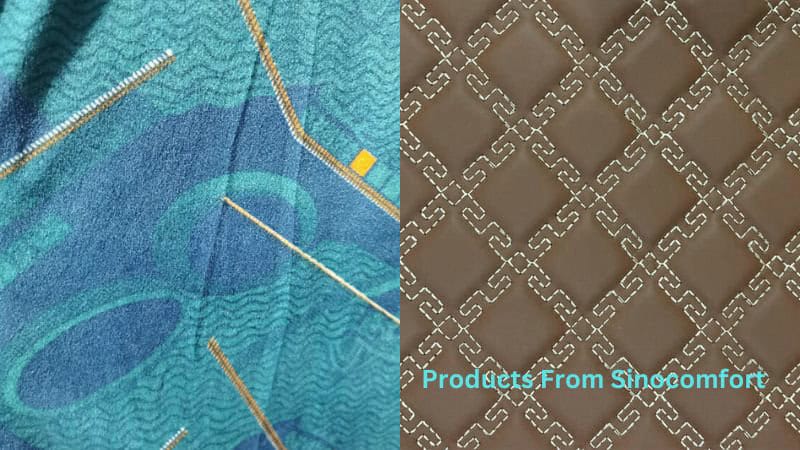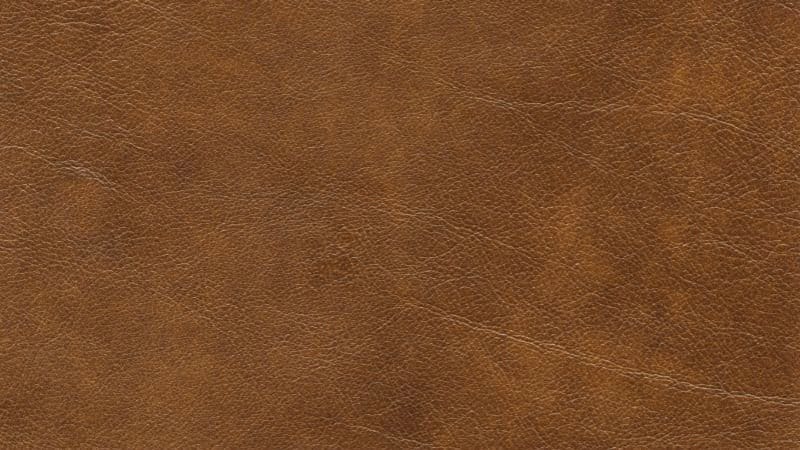Polyester can indeed be stretchy, depending on how it is made. Synthetic polymers in polyester give it a unique ability to stretch. When mixed with other fibers like spandex, its elasticity can increase significantly.

What is Polyester Fabric?
Polyester fabric is a synthetic textile primarily made from polyethylene terephthalate (PET), derived from petroleum.
It is the world’s most widely used synthetic fiber and offers a blend of performance characteristics.
As a fabric, polyester is known for its strength, wrinkle and shrink resistance, quick-drying capabilities, stain resistance, and lightweight nature.

Different Types of Polyester Fiber
Polyester fabric is categorized into multiple types based on polymer composition, sustainability, fiber structure, functional properties, and blends.
By polymer composition
- PET (Polyethylene Terephthalate): High strength, lightweight, moisture-wicking, recyclable, and resistant to wrinkles/shrinking.
- PCDT (Poly-1,4-Cyclohexylene-Dimethylene Terephthalate): Superior elasticity, heat resistance, soft texture, and better draping than PET.
- PBT (Polybutylene Terephthalate): Resilience, chemical resistance, and softnes
| Property | PET | PCDT |
|---|---|---|
| Elasticity | Moderate | High |
| Strength | High tensile strength | Durable, abrasion-resistant |
| Best For | Everyday apparel | Heavy-duty furnishings |
| Sustainability | Widely recyclable | Less common |
By fiber structure
- Microfiber Polyester: lightweight, and highly absorbent
- Filament Polyester: smooth, lustrous, and wrinkle-resistant but less breathable
- Staple Fiber Polyester: fluffy texture resembling cotton
Common Blends of Polyester Fabric
- Polyester-Cotton: Combines durability with breathability; dominant in shirts and casual wear.
- Polyester-Spandex: Adds stretch for activewear, swimwear, and leggings.
- Polyester-Wool: Enhances wrinkle resistance in suits and coats.
- Polyester-Satin: Mimics silk’s sheen for lingerie/evening gowns.
- Polyester-Fleece: Insulating and soft; used in jackets and blankets.
Polyester-Spandex Blends: Spandex, also called elastane, is known for its strong elastic properties.
Spandex adds elasticity, while polyester provides durability and lightweight properties. Blending polyester with spandex creates a fabric with great stretch and comfort, holdIing its shape well.
This combination results in a versatile fabric that is both comfortable and functional.
Polyester-Cotton Blends: Poly-cotton blends combine the breathability of cotton with the durability of polyester.
These fabrics are less stretchy than polyester-spandex, but they offer excellent comfort for everyday wear.
Polyester-cotton blends are common. They balance breathability and toughness, making them great for daily applications.
Polyester-Nylon Blends: Polyester-nylon blends are synthetic fabric combinations that leverage the strengths of both polyester and nylon fibers to create versatile materials with enhanced properties.
These blends typically consist of a 50/50 ratio of polyester to nylon, though the proportions can vary depending on the desired characteristics of the final product.
Polyester-nylon blends are generally not very stretchy. The blends are more commonly used for their combined properties of durability, water resistance, and quick-drying capabilities rather than for stretchiness.
Polyester-Rayon blends: Polyester-rayon blends combine the strengths of both fibers to create versatile fabrics with enhanced properties. These blends offer a balance of polyester’s durability and wrinkle-resistance with rayon’s softness and drape.
The fabric retains more of polyester’s easy-care properties while adding some of rayon’s comfort and breathability.
Polyester-rayon blends offer a good compromise between the performance of synthetic fibers and the comfort of cellulosic fibers, making them a popular choice in the textile industry for various applications.
Polyester-Linen Blends: Linen is known for its coolness and crisp feel, but it wrinkles easily. Blending it with polyester helps reduce wrinkling while retaining some of linen’s desirable properties.
This blend retains much of linen’s natural look and feel while improving wrinkle resistance.
Advantages and Disadvantge of Polyester Fabric
Durability and Resistance
Polyester is highly durable and resistant to stretching, shrinking, and wrinkling. The synthetic fibers maintain their shape and don’t easily wear out, making polyester fabrics long-lasting.
It is also resistant to many chemicals and environmental factors, such as UV rays. This makes it a dependable choice for items exposed to harsh conditions.
Polyester’s resilience makes it easy to care for, often requiring minimal ironing or special treatment.
Moisture Wicking
Polyester fabrics are designed to wick moisture away. This property is especially useful in athletic and activewear.
The fibers in polyester can move moisture to the fabric’s surface, where it can evaporate quickly.
This makes polyester a practical choice, especially when you need to stay dry and comfortable.
Easy care and maintenance
The fabric resists shrinking, stretching, and wrinkling, making it a convenient choice for busy lifestyles.
Additionally, polyester is resistant to mold, mildew, and most chemicals, further simplifying its care.
Disadvantages of polyester
Poor breathability
Polyester is lack of breathability which can lead to discomfort, especially in warm weather or during physical activity. The fabric traps heat and moisture against the skin, potentially causing sweating, clamminess, and skin irritation.
Moisture retention
While polyester wicks moisture away from the skin, it does not absorb it well. This can result in sweat and moisture being trapped between the fabric and skin, leading to discomfort and potential skin issues like rashes or bacterial growth.
Environmental concerns
Polyester is not biodegradable and can take hundreds of years to decompose.
Its production process is resource-intensive and contributes to pollution. When washed, polyester releases microplastic fibers that pollute water systems and harm marine life.
Applications Of Polyester Fabric
Polyester plays a significant role in furniture and car upholstery due to its durability, versatility, and cost-effectiveness.
In both furniture and automotive applications, polyester is often used in combination with other materials to enhance comfort and performance.
For instance, polyester might be used as the outer layer of upholstery for its durability and appearance, while natural fibers or foam padding are used underneath for comfort.
The development of eco-friendly polyester options, including recycled polyester, is also gaining traction in both industries. This trend addresses environmental concerns while maintaining the material’s beneficial properties.
Is Polyester Stretchy? Unveil the Stretchiness of Polyester
Pure polyester has little stretch, but polyester can be blended to have varying degrees of stretch due to different types of polyester blends and fabric construction.

Factors that Affect the polyester’s stretchy
The stretchiness of polyester fabric depends primarily on these four factors:
-
Fiber Blend: Pure polyester has minimal stretch, but adding 5-10% elastane/spandex creates significant elasticity (e.g., activewear).
-
Fabric Construction:
- Knit polyester (e.g., jersey) stretches naturally due to looped yarns.
- Woven polyester (e.g., twill) resists stretching unless blended with elastane.
-
Manufacturing Process: Techniques like texturing (crimping fibers) or stretch-enhancing finishes add flexibility.
Fabric construction
Fabric construction plays a significant role in determining the stretchiness of polyester fabric.
Woven vs. Knitted Construction
Woven polyester fabrics generally have minimal stretch. The interlacing of threads in a grid-like pattern limits flexibility.
Knitted polyester fabrics have inherent stretch due to their looped construction. The interlocking loops allow for more flexibility and movement.
Ways to Stretch Polyester Fabric

Even though polyester has little stretchiness, it’s still possible to be stretchy with the following methods. Here are some effective ways to stretch polyester fabric:
Water and conditioner method
Soak the polyester fabric in warm water mixed with hair conditioner for about 30 minutes. This helps relax the fibers. After soaking, gently stretch the fabric while it’s still damp.
Reshape while damp
Wash the fabric in warm water, then put it on while it’s still damp. Move around to stretch the fabric as it conforms to your body shape.
Heat and stretch
Use an iron on medium heat with a damp towel over the polyester. Iron the fabric while gently pulling it to stretch.
Washing machine method
Wash it in hot water for a full cycle. For extra effectiveness, add a cup of white vinegar during the rinse cycle. After washing, lay the item flat and stretch it out, using heavy objects to hold it in place as it dries.
These methods may have limited effectiveness on 100% polyester fabric items, as polyester tends to return to its original shape over time.
Blended fabrics with natural fibers like cotton may stretch more easily and maintain the stretch longer. Always be gentle when stretching to avoid damaging the fabric, and follow care instructions to prevent future shrinkage.
Methods to Avoid Stretchiness

While polyester is generally resistant to stretching, there are several methods you can use to prevent or minimize stretchiness in polyester furniture and car upholstery.
Proper washing and drying
- Use cold water when washing polyester items.
- Opt for a gentle cycle in the washing machine.
- Dry on low heat or air dry to avoid excessive heat exposure.
Careful storage
- Fold polyester upholstery carefully or use padded hangers when hanging them.
- Store in areas where the fabric won’t be compressed or crushed.
Avoid heat exposure
- Minimize use of hot water, high heat dryers, or hot irons, as heat can cause polyester to become more malleable and prone to stretching.
Blend with less stretchy fibers
- When possible, choose polyester blends that incorporate fibers like cotton, which can help reduce overall stretchiness.
Avoid excessive pulling or tugging
- Be gentle when using polyester items to prevent unnecessary stretching.
Frequently Asked Questions
Is 100% polyester stretchy?
Pure 100% polyester lacks natural stretch but can be engineered for elasticity through knit construction (e.g., jersey) or mechanical texturing (crimping fibers). Without these techniques, it remains rigid
What is the downside of 100% polyester?
- Poor breathability: Traps heat and moisture, causing discomfort in warm weather.
- Static and pilling: Attracts lint/dust and may pill over time.
- Environmental impact: Non-biodegradable (unless recycled).
What does 100% polyester feel like?
Varies by finish:
- Smooth/slick (e.g., satin-like weaves)
- Soft/brushed (e.g., fleece or microfiber)
- Crisp (e.g., structured jackets)
Is polyester tight or loose?
It depends. Knits can be stretchy. Wovens are stiffer.
Should I avoid polyester clothes?
Not necessarily—prioritize based on use.
Polyester is ideal for sportswear and outerwear, durable upholstery. Do not choose polyester if you seeking breathability or natural fiber comfort.
Is 95% polyester comfy?
Yes, especially when blended with 5–10% elastane/spandex for stretch.







